Whether you are a fan of cars or not, whether you are looking to put it in a second-hand advertisement or if you are going to Cuba and you know that you will want to do some image of those walking relics, I am going to leave you some advice to make your car photos fantastic ?
Because although it seems that these images do not give much play, the truth is that you can get great and impressive images, whether or not you are a lover of racing cars.
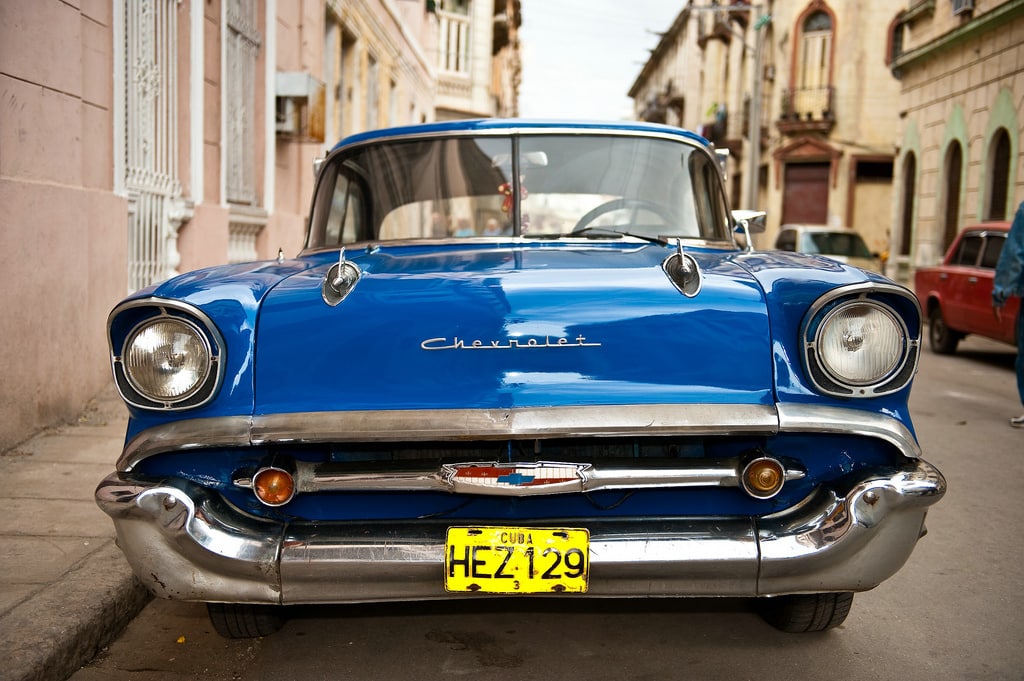
HOW TO PHOTOGRAPH THE PERFECT CAR TO SELL
Since you may want to photograph a car for many reasons, let's put ourselves in the situation that what you want is to sell it (literally or metaphorically), or at least that you want to photograph it in all its perfection, that what you are looking for is to enhance its beauty, its strength, etc. Because if what you are looking for is to tell the story of rust, iron, abandonment and abandonment, some of these tips will not help you ?
1. THE ENVIRONMENT
Photographing a car is not always easy due to its large dimensions. That is why a favorable environment that makes you stand out from the background is important. It is not the same to take a few photos of it parked on your street among a few other cars, with some works next to it, the parking meter and people walking down the street, than to take your impeccable car and take it to a suggestive environment, where you can isolate it from so much element and make it stand out.
In the middle of a meadow, with a beach in the background, a forest, or even a smooth or cobblestone wall; according to your possibilities or the possibilities of your environment.
To do this, use a wide angle, especially if you are going to include more than one car in the frame.
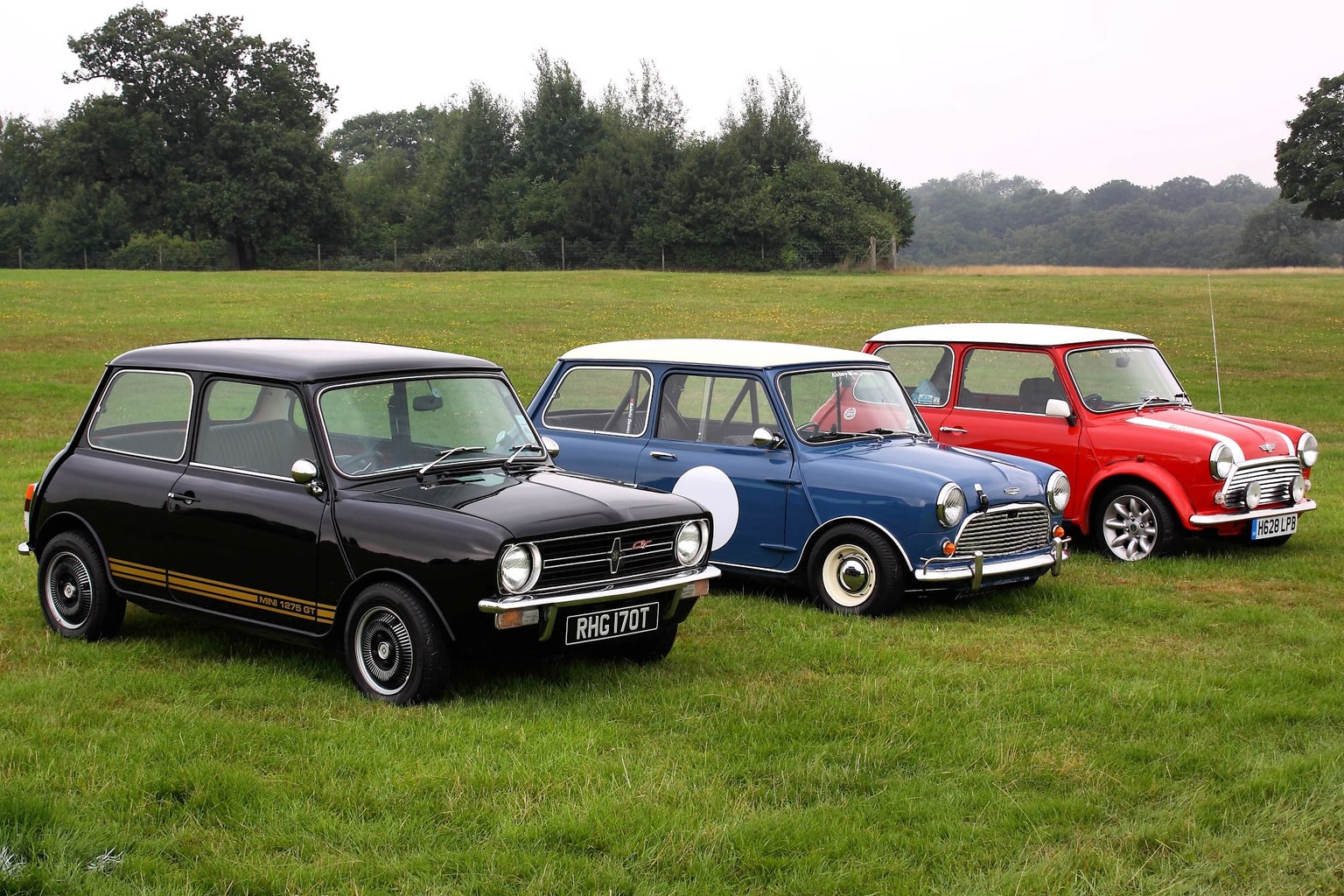
2. TAKE CARE OF CLEANLINESS
It's no secret what a good coat of polish and wax can do to a car's appearance. No matter how old or bland it may seem to you, the truth is that a car in perfectly clean conditions increases its positive impression by a few points. So if what you want is to portray the wonders of your car, start by making it impeccable.
- NOTE: If it's so shiny and clean that you could shave looking at its bodywork, then you may need a polarizing filter to eliminate glare and reflections ?
- Or, on the contrary, you can express your artistic vein by playing with the reflections of the sky in certain parts of the car.
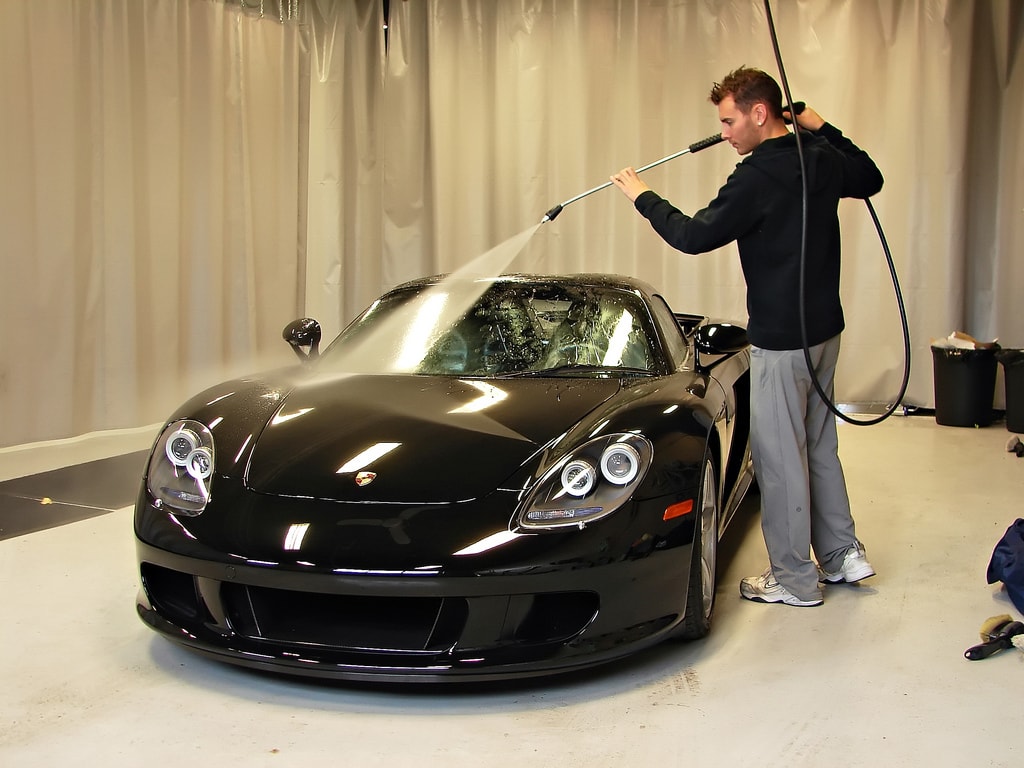
3. CHOOSE THE OBJECTIVE WELL
Are you lucky enough to have several focal lengths but don't know where to start? Well, take advantage of the sensations that different optics can transmit :
- Wide Angle: It is the one that allows you to cover the largest portion of the environment. If the environment is worth it, this is the star lens for landscapes. Also, from a point of view close to the target, it creates distortions that can be very interesting to enhance the lines or certain aspects of the car.
- 50mm: It is the one that most resembles the human eye. If you have the King of lenses , in addition to sharpness, you will have great luminosity and a versatile lens for all types of shots, from wide shots to details of the interior or exterior.
- Telephoto lens: Its main characteristic is not only to get closer to the scene thanks to the wide focal length, but also to flatten the image and isolate it from the background due to its reduced depth of field.
4. POINT OF VIEW
Regardless of the focal length you have, if you want to avoid boring images, you will have to go beyond just look, point and shoot. Once you have a few good images with the general information of the car (front, rear and side), try modifying the point of view . Better from top to bottom (chopped), because from top to bottom it can have a somewhat strange effect, as if the car were a toy. But you will see how from the bottom up, in a counter-point, the perspective and the message you transmit change.
From a flat image you can create a strong, daring, and much more interesting image, simply by giving it another twist and trying new points of view.
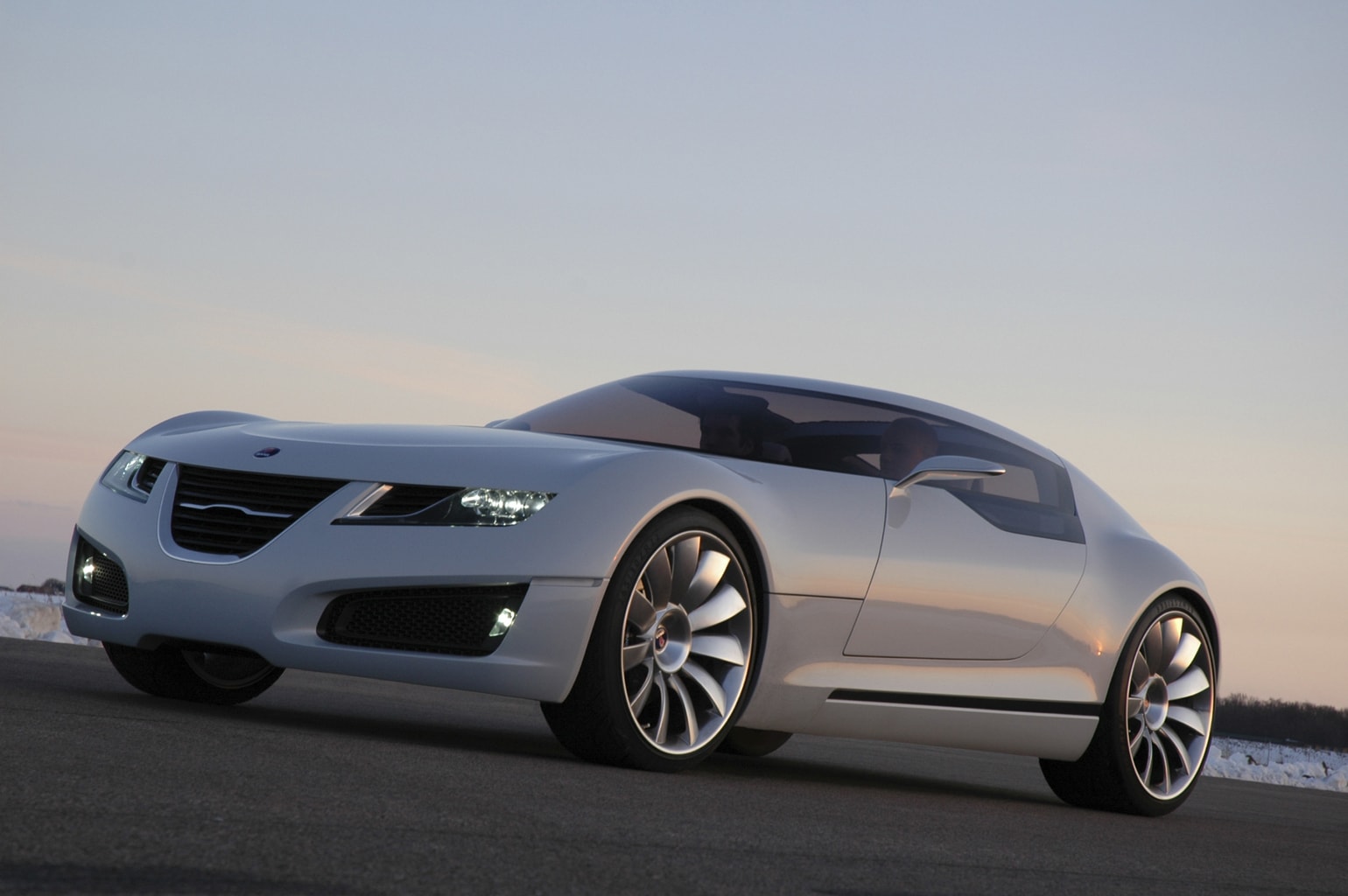
5. ADJUST THE ISO VALUE
Try to keep the ISO as low as possible, as this is how you will retain greater sharpness and have better image quality. If necessary, use a tripod to help you work with low ISO without causing shake in the image.
6. DIAPHRAGM OPENING
Remember the importance of the opening of the diaphragm when playing with the depth of field . With more open apertures you will allow more light to enter, but you will work with shallow depths of field. On the contrary, the more you close the diaphragm, you will have less light but a greater depth of field (focused area in the image).
As a general rule, and in order for the whole car to be in focus, you will probably need to close the diaphragm to an aperture of approximately f/8 or f/11. From there, do several tests depending on the type of image you want to achieve.
7. BRACKETING OR BRACKETING
It is common when taking photos of cars, for the sky to be part of the composition in most of the shots, especially if you have listened to me, and you have taken your car to a more flattering environment ? . If so, it is very likely that the contrast between the sky and your car is very high, and consequently you cannot expose well for both lights. You have two ways to fix it:
- With a neutral gradient filter . This filter, widely used in landscapes, reduces the entry of light in one of its halves, compensating and equalizing the exposures of the illuminated areas and the darker areas (sky and ground).
- Taking a minimum of three exposures of the scene ; one underexposing the image somewhat, another with the normal measurement results, and another overexposing. Obviously a tripod is more than recommended, so that later you can merge the three images correctly using an editing program. This technique is what we call bracketing or bracketing .
8. DO NOT LEAVE OUT THE DETAILS
Give free rein to your creativity by photographing the different details of the car: the wheels, the gearbox, the dashboard, the rear lights... Play with the depth of field to highlight the center of interest by blurring the background (large apertures), etc. If the environment is pleasant, try to integrate it from the inside, through the mirrors, the windows, etc.
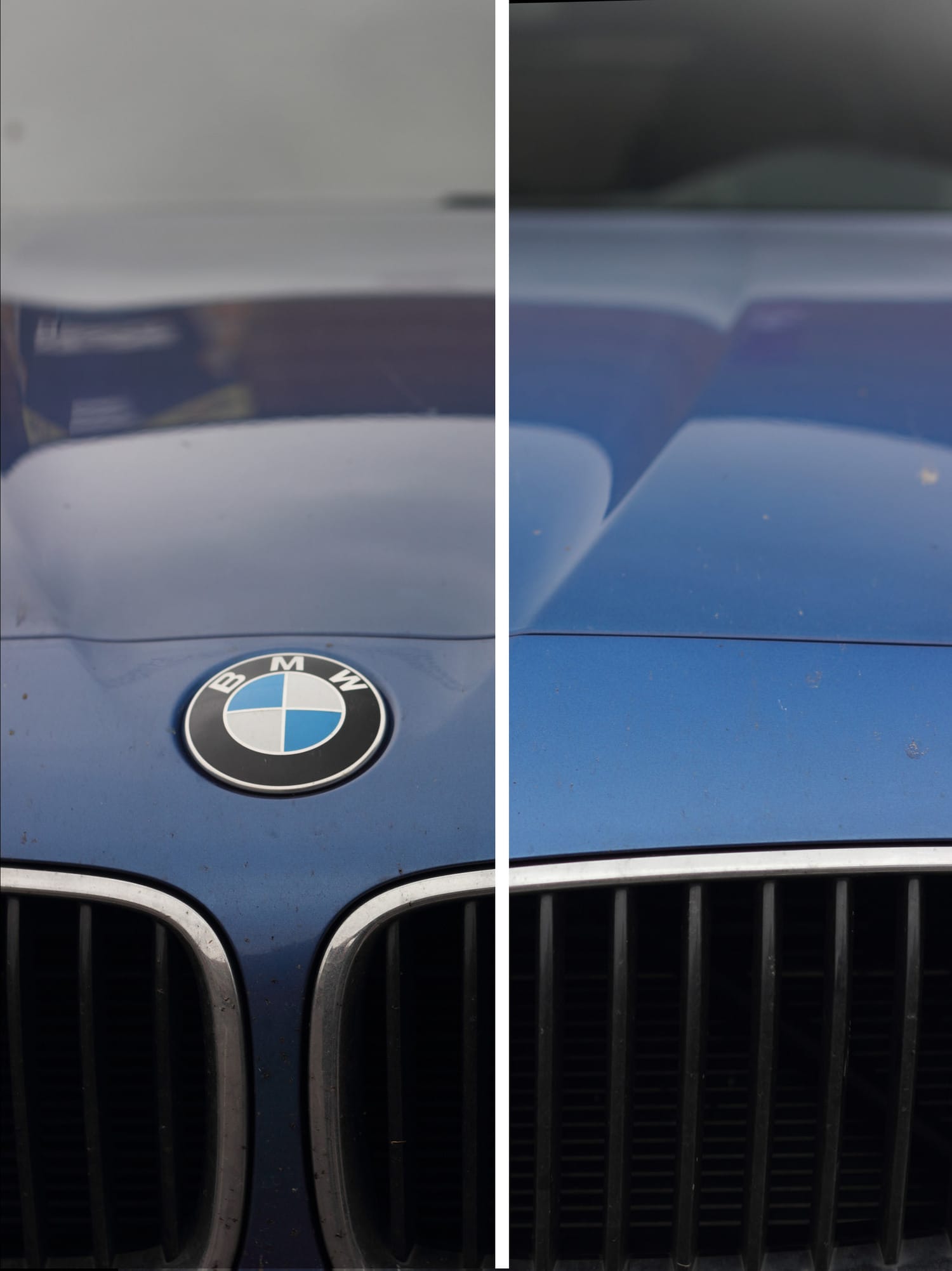
9. SHOOT RAW
We have already commented that it is more than possible that you will not find the perfect environment when you are about to take photos of cars. The best way to ensure good shots is to do your best on location. However, there are small touches that are often difficult to achieve without some processing. If you shoot in RAW , these small adjustments that your image may need will allow you to preserve the highest quality.
- It allows small adjustments of light, contrast, saturation, sharpness, etc. without affecting the image quality
- Allows you to modify the white balance at will
- Images are saved "raw" (RAW), and store all available information without processing, which means that all processing decisions are yours, but at the same time that the images weigh considerably more than other storage formats. Keep that in mind before you start shooting like crazy ?
10. THE BEST MOMENTS OF THE DAY
Sunrises, sunsets , golden hours and blue hours will be great allies when it comes to enhancing the environment and taking advantage of the most flattering hours of the day. You can play with the exterior light, but also add the lights of the car itself. Unleash your imagination and get the best of both lights. In an urban environment, you can take advantage of streetlights, reflections, or play with bokeh … Even the night can bring you fascinating and unique images.
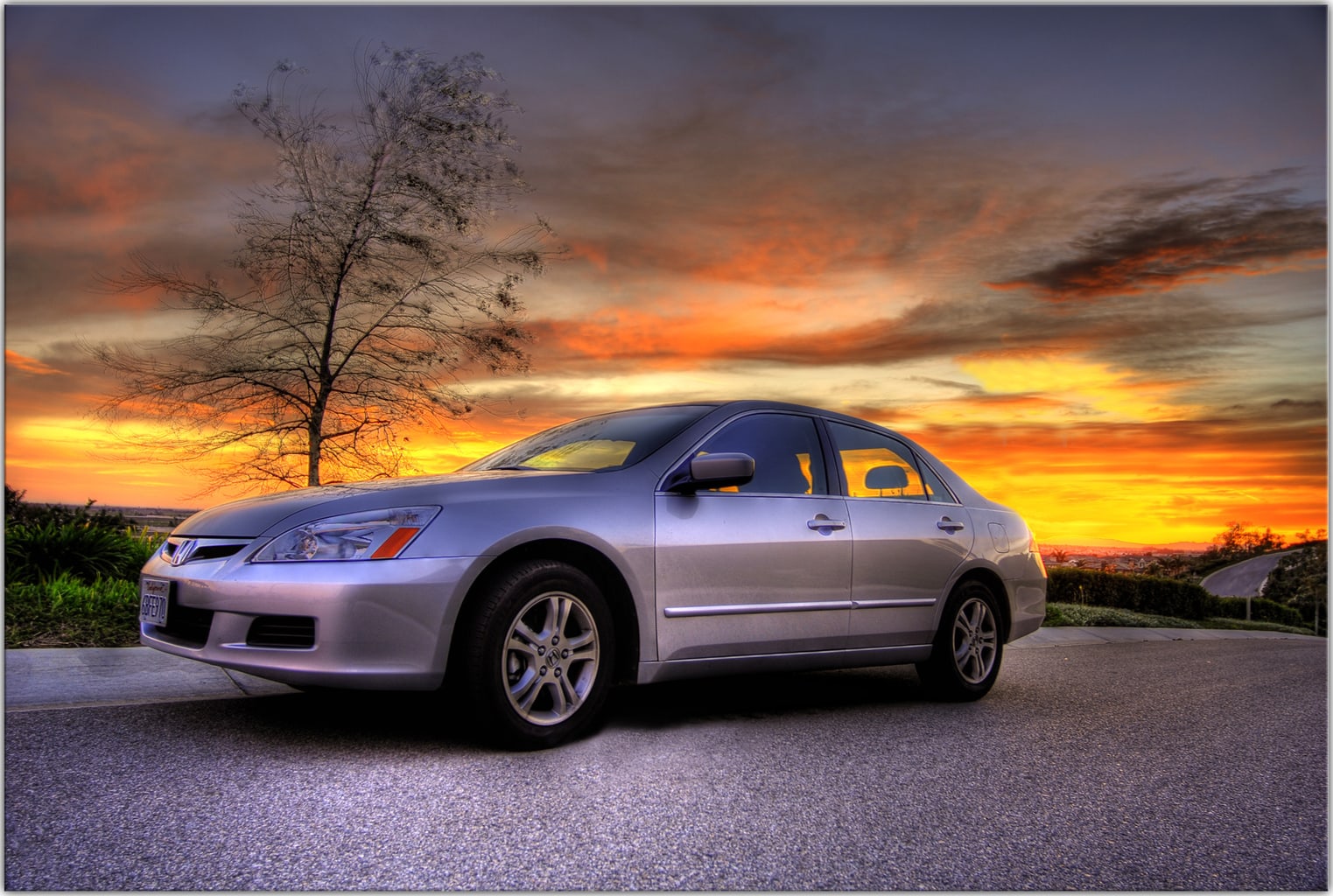
11. TAKE CARE OF THE COMPOSITION
Don't just "get" the car into the frame in any way. Composition is always important. The law of the gaze or the rule of thirds can be useful to start with; a car is still an inanimate portrait, so you can apply the same rules as if it were a face.
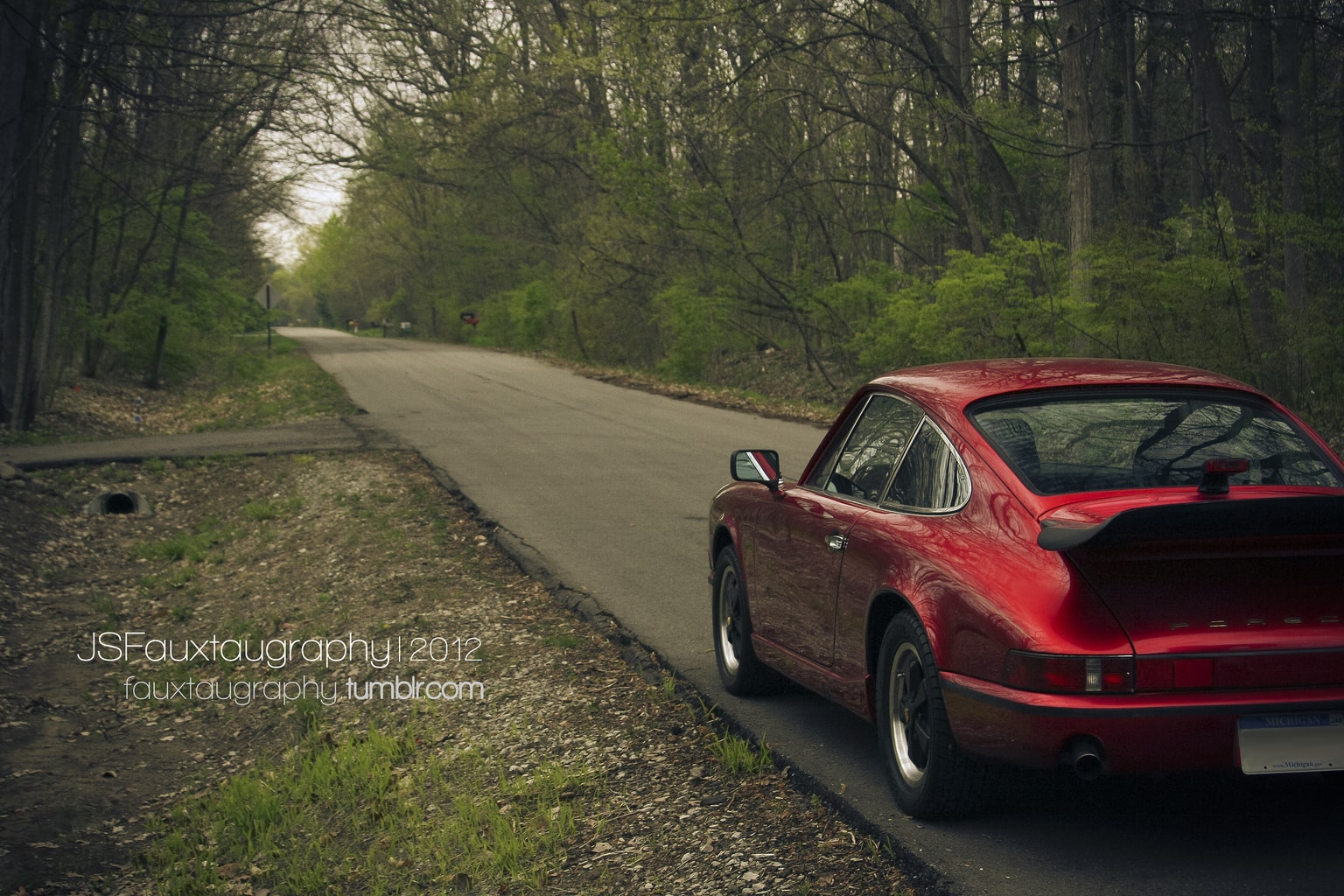
How about? Have you ever considered taking a few good photos of your car? Did you want to sell it and didn't know where to start? Do you just want to show off your new car or do you like car photos? ?


